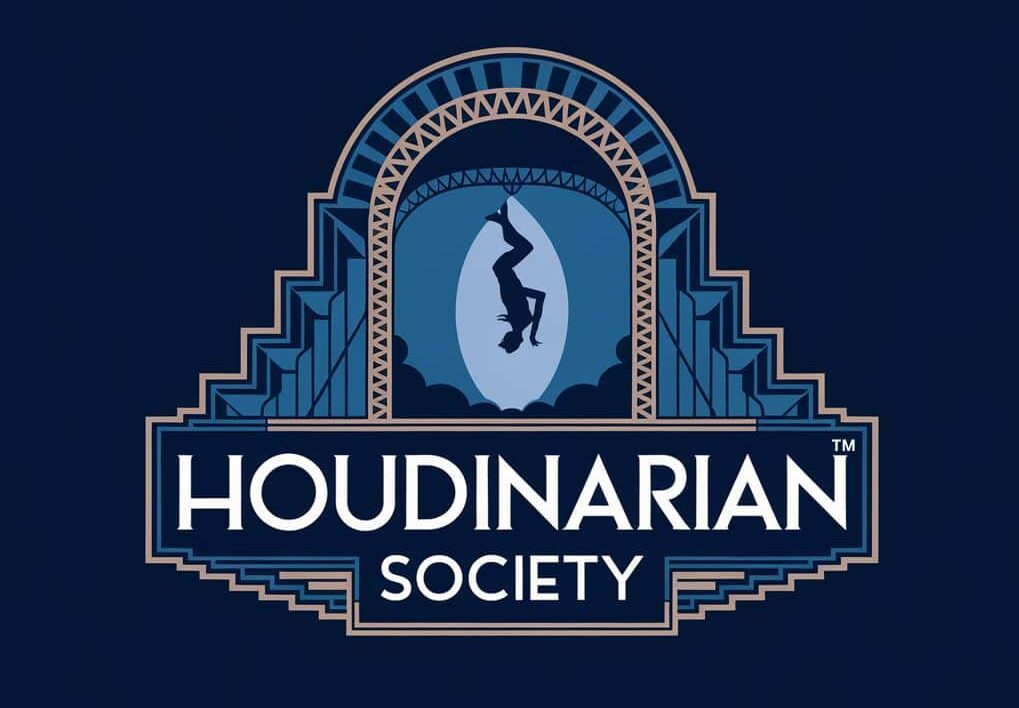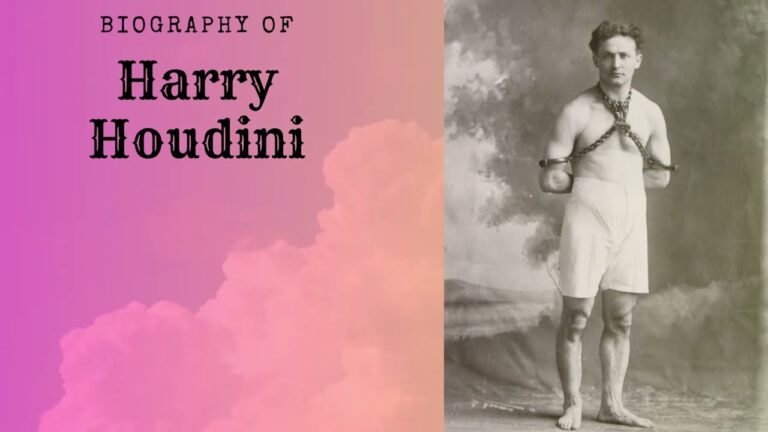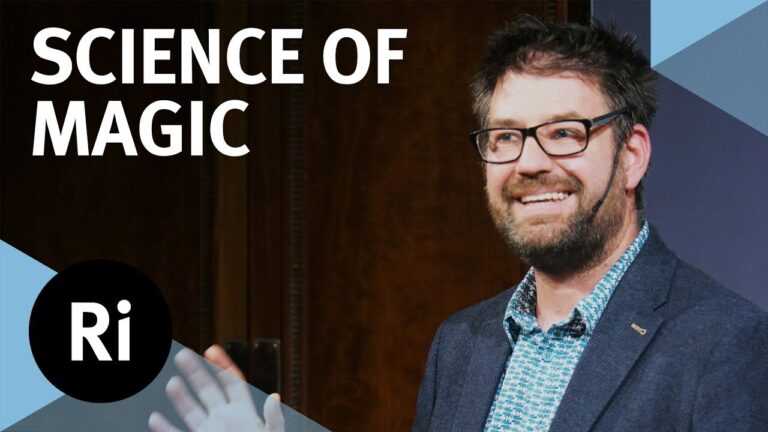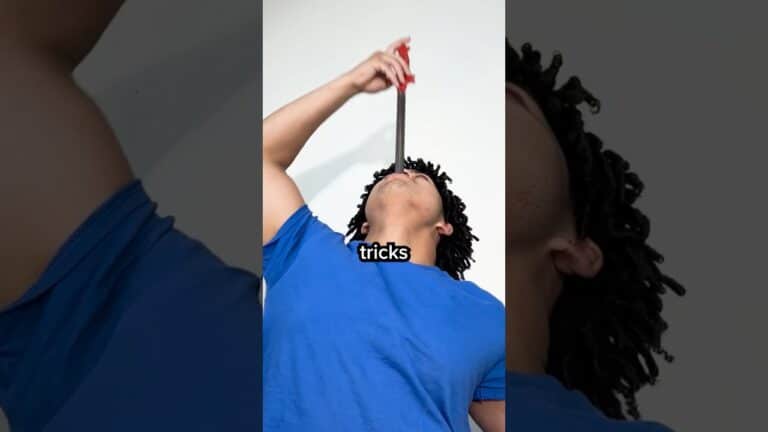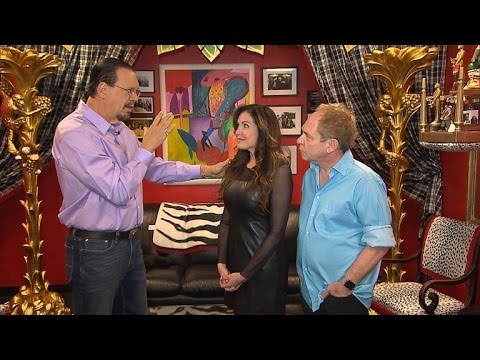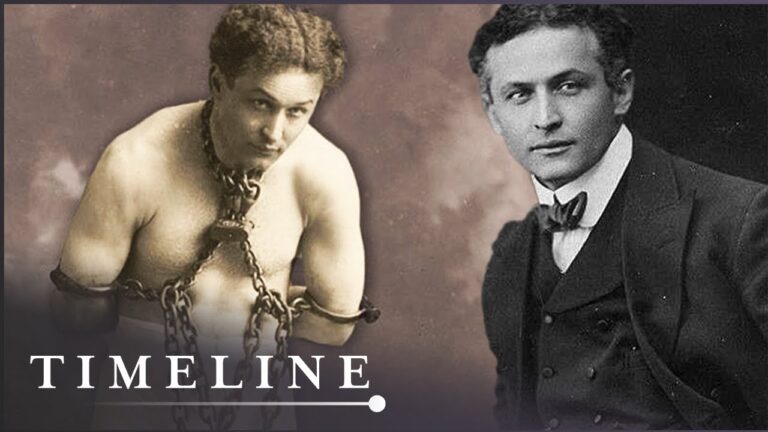Documenting Houdini’s Escapes: The Role of Film and Photography in Capturing the Thrill
Harry Houdini’s dramatic escapes captivated audiences in person. The growing power of visual media helped preserve these moments forever.
You can witness the raw intensity and physical demands of his performances, from breaking free of handcuffs to surviving the Water Torture Cell through photographs and films of his incredible stunts.
The magic of early cinema brought Houdini’s talents to an even wider audience. His silent films showcased death-defying stunts that thrilled viewers who might never see him perform live. These recordings let you experience the tension and excitement that made him famous.
Visual documentation of Houdini’s work goes beyond mere entertainment. Posters, letterheads, and photographs from his performances give you insight into his creative process and marketing genius. Each image tells a story of how this master showman crafted his legendary status.
The Early Days of Houdini’s Escapes

Harry Houdini revolutionized entertainment through his daring escapes and showmanship. His innovative performances captivated audiences worldwide and transformed magic from simple parlor tricks into grand public spectacles.
Overview of Houdini’s Career and Signature Escapes
In 1906, Houdini began documenting his outdoor escapes on film to reach wider audiences. You could see his mastery of escape artistry through his most famous acts: the Chinese Water Torture Cell, the Milk Can Escape, and his signature straitjacket escapes.
His remarkable suspended straitjacket escape in Los Angeles in 1915 drew massive crowds. He would hang upside down from tall buildings, freeing himself while suspended high above the streets.
His escapes relied on a blend of skills rather than a single method. You needed to understand his combination of technical expertise, physical ability, and clever misdirection to appreciate the complexity of his acts.
The Public’s Fascination with Houdini’s Stunts
Your fascination with Houdini grew through his theatrical promotional tactics. He challenged local police departments to lock him in their cells, drawing huge crowds to witness his escapes.
His performances in jail cells and the Water Torture Cell created unprecedented media coverage. These stunts generated newspaper headlines and attracted thousands of spectators.
Photographers and journalists documented each escape attempt. You could find his image plastered across posters, postcards, and newspapers, making him one of the most recognizable entertainers of his era.
The Evolution Of Film And Photography Techniques

Film and photography played a vital role in documenting Houdini’s death-defying escapes and performances. These visual records helped spread his fame while preserving his incredible feats for future generations.
Early Film Technology And Its Limitations
The first films of Houdini’s performances used primitive recording equipment that could only capture short sequences in black and white. You can see the grainy quality and limited frame rates in these early recordings.
Early cameras required bright outdoor lighting, forcing many of Houdini’s filmed stunts to take place during daylight hours. Indoor theater performances proved especially challenging to capture on film.
The hand-cranked cameras of the era made smooth motion difficult to achieve. Camera operators had to maintain steady cranking speeds to avoid jumpy or erratic footage.
Advancements In Photography During Houdini’s Era
Photographic techniques improved dramatically during Houdini’s career, allowing for clearer and more detailed images of his escapes.
Flash photography became more practical, enabling photographers to capture indoor performances. The bright flash helped freeze the action of Houdini’s fastest moves.
Better film emulsions and camera lenses produced sharper images. You can spot the improved clarity in promotional photos from his later years compared to early publicity shots.
The Intersection Of Magic And Media
Houdini mastered the art of using visual media to expose fraudulent psychics. His photographs revealed the tricks behind slate writing and spirit photography.
Film and photography served as powerful marketing tools. Your local newspaper might feature dramatic photos of Houdini hanging upside down from a building or escaping from chains.
These visual records helped establish Houdini’s legacy. Modern audiences can still experience the thrill of his performances through the surviving footage and photographs.
Technical Challenges Faced By Early Filmmakers And Photographers

Early attempts to document Houdini’s escapes faced significant technical limitations that required creative solutions from both photographers and filmmakers. Equipment constraints, insufficient lighting technology, and the inherent challenges of silent film all played crucial roles in shaping how these historical performances were captured.
Capturing Motion: The Struggles With Early Film Cameras
Early film cameras could only record at 16-18 frames per second, making Houdini’s quick movements appear jerky and blurred. The bulky nature of these cameras limited mobility, forcing operators to remain stationary during performances.
You can see examples of these limitations in Georges Méliès’ early film work, which required careful planning to compensate for equipment restrictions.
Hand-cranked cameras demanded constant attention from operators to maintain consistent frame rates. A moment’s distraction could ruin an entire sequence.
Lighting And Exposure Issues In Photographing Houdini’s Escapes
Outdoor escapes posed unique challenges with unpredictable natural light. Indoor venues rarely had adequate lighting for proper exposure, requiring the installation of temporary arc lamps.
Camera operators struggled with slow film speeds that demanded extremely bright conditions. This often meant Houdini had to pause during crucial moments to allow for proper exposure.
The early superimposition techniques used to enhance escape documentation required precise lighting control to prevent double exposures from appearing obviously fake.
Overcoming The Constraints Of Silent Film
Without sound, filmmakers needed to rely on exaggerated gestures and title cards to convey the drama of Houdini’s escapes. This meant carefully choreographing each performance to ensure key moments were clearly visible.
Title cards had to be strategically placed to maintain audience engagement without disrupting the flow of the escape sequence.
Musicians playing live during screenings needed detailed cue sheets to properly enhance dramatic moments. These had to be prepared in advance and coordinated with the film’s pacing.
Editing techniques were limited, making it essential to capture each escape sequence in as few takes as possible to maintain continuity.
Notable Archival Footage And Photographs
Visual records of Houdini’s performances provide crucial evidence of his methods and showmanship. Early film cameras and photographers captured his most famous escapes, preserving these moments for future study and appreciation.
Analysis Of Specific Films Documenting Houdini’s Escapes
Silent films showcasing Houdini’s incredible stunts remain some of the most valuable records of his work. You can spot his techniques in surviving footage of his straitjacket escapes, performed while dangling from buildings.
The most dramatic film captures show his underwater escapes. In these clips, you’ll notice his careful positioning and precise timing as he emerges from sealed containers.
Charlie Chaplin’s earliest film connections to Houdini demonstrate how the escape artist influenced early cinema. These rare clips show both performers working in similar locations.
Iconic Photographs And Their Historical Context
Black and white photographs freeze Houdini’s most tense moments. The famous suspended straitjacket images show crowds of thousands looking up in anticipation.
Press photographs caught his milk can escape preparations. These shots reveal the careful inspection process where audience members would examine the equipment.
Studio portraits present his theatrical side. You’ll spot his intense gaze and carefully posed positions that helped build his mystique.
The Role Of Newsreels And Public Screenings
PBS has documented how newsreels spread Houdini’s fame across America. Theater audiences would watch his death-defying stunts on the big screen between feature films.
Local newspapers promoted these screenings as major events. You could join hundreds of others to witness his escapes from handcuffs and chains.
The footage served as proof of his achievements. When skeptics questioned his abilities, these films provided clear evidence of his skills.
The Impact On Houdini’s Legacy And Public Perception
Visual documentation transformed Harry Houdini from a skilled performer into an immortal icon of magic and escape artistry. The cameras captured his most daring feats, preserving them for generations to come.
How Visual Media Enhanced Houdini’s Fame
Photographs and films made Houdini’s incredible escapes accessible to people who never saw him perform live. His talents reached the big screen through silent films that showcased his most spectacular stunts.
You can see the impact in the way promotional materials spread across cities. Posters featuring dramatic photos of Houdini’s escapes drew massive crowds to his shows.
The permanence of visual records meant his feats could be studied, shared, and admired long after each performance ended.
The Role Of Film And Photography In Shaping Houdini’s Mythos
Modern entertainment publicity traces its roots to Houdini’s masterful use of visual media. Each photograph and film clip added to his larger-than-life persona.
The camera lens captured the raw emotion and tension of his performances. You can still feel the suspense in images of Houdini hanging upside down over city streets.
His dedication to his craft shines through in every recorded moment. The photos reveal his intense focus and physical prowess.
Public Reactions To Documented Escapes
Audiences reacted with a mix of disbelief and amazement when seeing photographic proof of Houdini’s escapes. The visual evidence silenced many skeptics.
Theater owners displayed photos from previous performances to build excitement. You could often find crowds gathered around display cases, studying the images.
Film screenings of his escapes drew their own audiences. People watched in awe as Houdini freed himself from chains, boxes, and straitjackets on the silver screen.
The documented reactions show how visual proof amplified the impact of his performances. Your perception of his abilities changes when you see the actual moment of escape frozen in time.
The Historical Significance Of Visual Records
Early photographs and films of Harry Houdini’s performances provide crucial documentation of magic’s golden age. These visual records capture the raw energy and technical mastery that made Houdini a legendary figure.
Preservation Of Early Film And Photography
Houdini recognized film’s promotional power and began incorporating movies into his acts by 1906. You can see his marketing genius at work in the professionally staged photos of his most dangerous stunts.
Visual documentation helped validate Houdini’s death-defying escapes for skeptical audiences. Without these records, many of his most impressive feats would exist only in written accounts.
The surviving photographs capture his iconic presence and daring spirit. Each image tells a story of calculated risk and masterful showmanship.
Contributions To Magic History And Entertainment Studies
Magic historians rely on these visual materials to study Houdini’s methods and presentation style. His use of film and photography set new standards for documenting performances.
Posters and promotional materials from his shows reveal how he built his brand. You can trace the evolution of his publicity techniques through these artifacts.
His films broke new ground in entertainment marketing. By showing footage of outdoor escapes during his stage shows, Houdini created an early form of multimedia performance.
The Influence On Future Magicians And Performers
Modern magicians study Houdini’s documented performances to learn staging and misdirection techniques. His recorded work continues to inspire new generations of performers.
The dramatic nature of his escapes challenged future magicians to push boundaries. You can see his influence in today’s high-stakes magic performances.
His pioneering use of visual media taught performers the value of documenting their work. This legacy shapes how modern magicians promote and preserve their acts.
The combination of danger and theatricality in his recorded stunts created a template for spectacular entertainment that endures today.
Contents
